Your How to care for hibiscus images are available in this site. How to care for hibiscus are a topic that is being searched for and liked by netizens now. You can Download the How to care for hibiscus files here. Get all free photos and vectors.
If you’re looking for how to care for hibiscus images information related to the how to care for hibiscus topic, you have visit the ideal blog. Our site frequently provides you with suggestions for refferencing the highest quality video and picture content, please kindly search and find more enlightening video content and images that fit your interests.
How To Care For Hibiscus. Water hibiscus one to two times a week the first year after planting. Water plants deeply and thoroughly, if needed. Hardy varieties, despite their showy appearance, are easy to grow as long as they are in full sun and the soil is well draining. Closer to 70°f (21°c) is preferred.
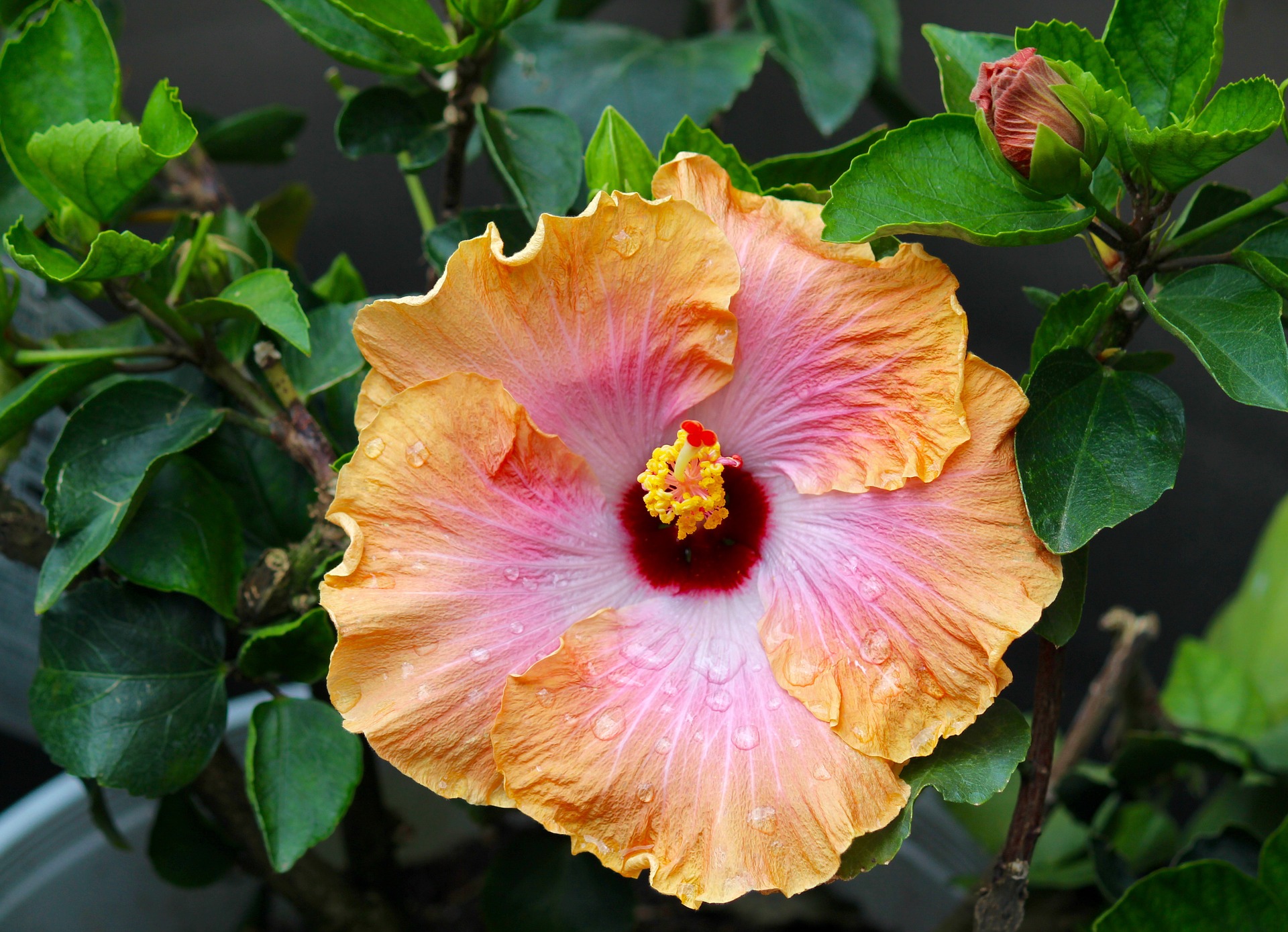 Hibiscus How to Plant, Grow, and Care for Hibiscus Plants From almanac.com
Hibiscus How to Plant, Grow, and Care for Hibiscus Plants From almanac.com
In winter, tropical and hardy hibiscus require less water and no fertilizing. But once the weather cools, your hibiscus needs far less water, and too much water can kill it. You can check the soil’s moisture by touching it. They also take valuable nutrients and moisture away from. For hardy hibiscus, a watering schedule might look like this: Try to avoid using phosphorous because this mineral can be very dangerous for the plants.
There are many different species of hibiscus that are used for bonsai, including:
Dive in to know how to use hibiscus for hair growth. Depending on the heat, wind, and humidity in your environment, your plant may need to be watered daily, or even twice a day in extremely dry conditions. Once planted, hibiscus thrive with generous amounts of mulching which will, retain surface soil moisture, release valuable plant nutrients, protect surface feeder roots from temperature extremes & encourage macro & micro organisms within the soil. However, these may also suffer from any disease without proper care. How to care for hibiscus mulch around the plant to retain moisture and to provide winter protection for the roots. You should always utilize liquid fertilizer for hibiscus care.
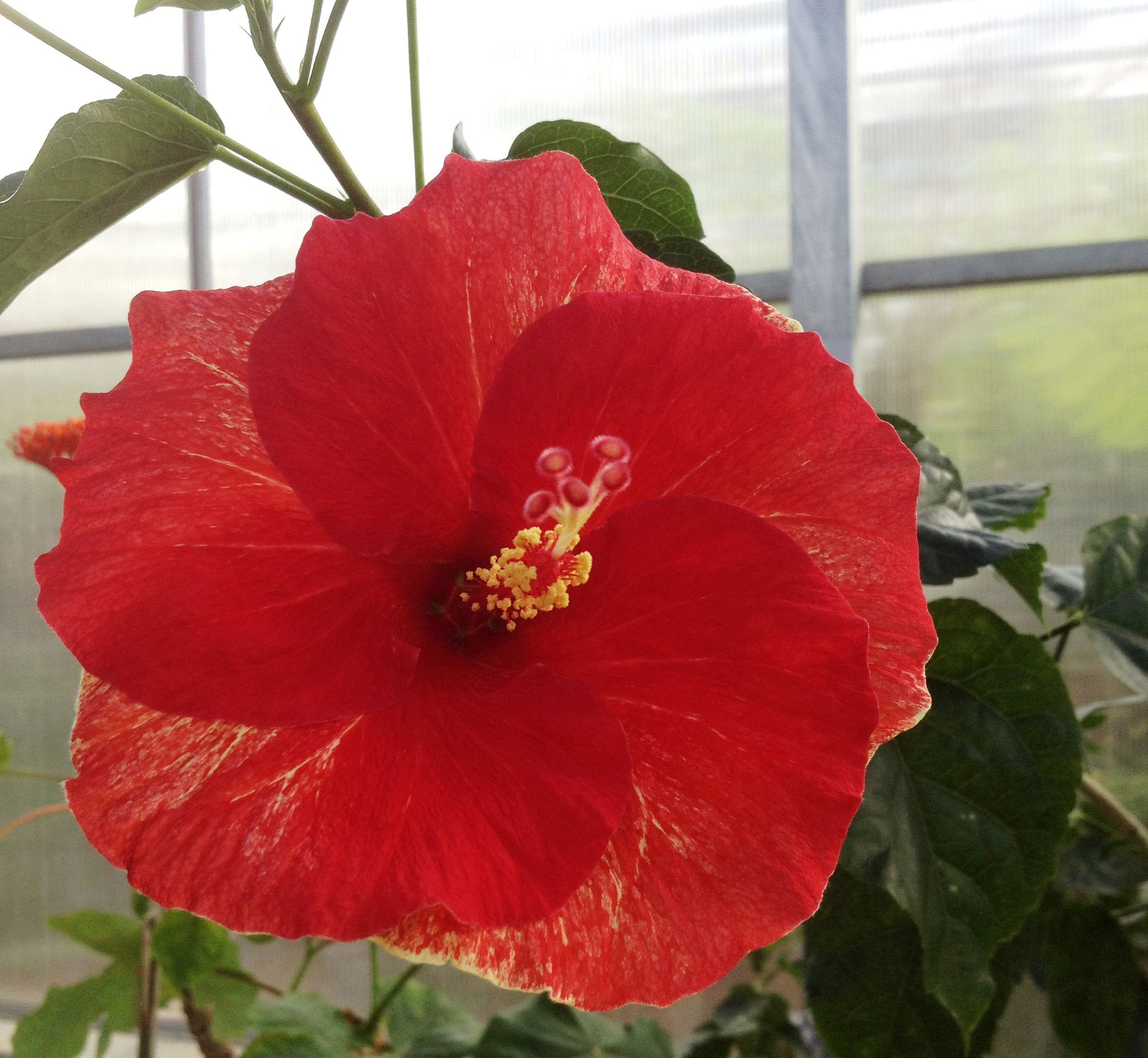 Source: gardens.si.edu
Source: gardens.si.edu
Depending on the heat, wind, and humidity in your environment, your plant may need to be watered daily, or even twice a day in extremely dry conditions. Hibiscus blooms for almost the entire year, being forced to stop in winter due to lack of light. According to information about hibiscus flowers, deadheading hibiscus is not a necessary part of hibiscus flower care. Depending on the heat, wind, and humidity in your environment, your plant may need to be watered daily, or even twice a day in extremely dry conditions. Tropical hibiscus is a thirsty plant and will thrive and produce blossoms only if it is given enough water.
 Source: ugaoo.com
Source: ugaoo.com
Outdoor hibiscus don’t need regular or routine pruning. For hardy hibiscus, a watering schedule might look like this: Once planted, hibiscus thrive with generous amounts of mulching which will, retain surface soil moisture, release valuable plant nutrients, protect surface feeder roots from temperature extremes & encourage macro & micro organisms within the soil. Dive in to know how to use hibiscus for hair growth. They are able to bounce back from most situations and return to normal.
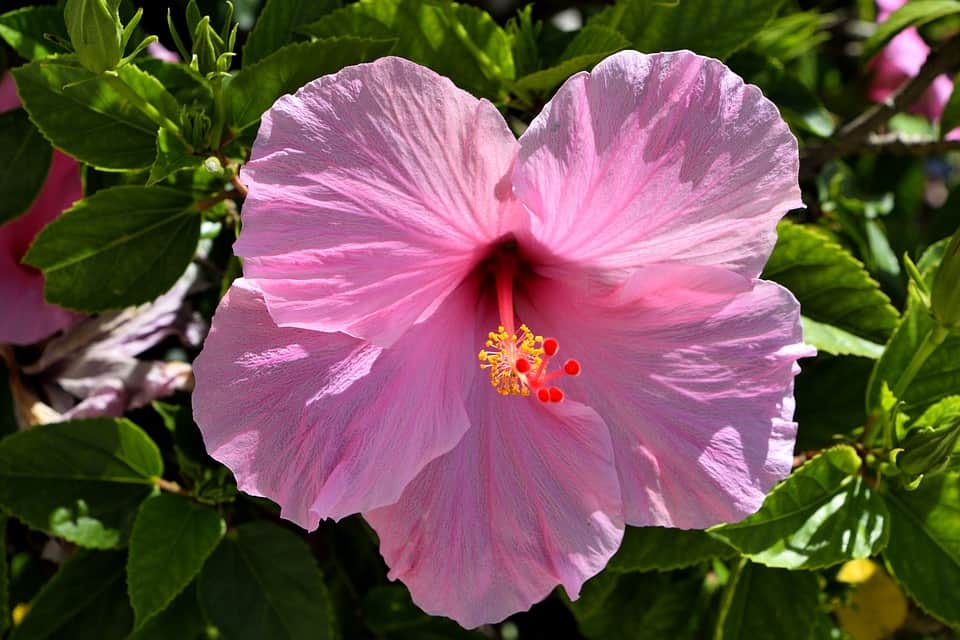 Source: flowerglossary.com
Source: flowerglossary.com
Once planted, hibiscus thrive with generous amounts of mulching which will, retain surface soil moisture, release valuable plant nutrients, protect surface feeder roots from temperature extremes & encourage macro & micro organisms within the soil. Most hibiscus species require at least 1 inch of rain (or equivalent watering) each week. Hibiscus can thrive in alkaline soil, but it grows best in soil that’s slightly acidic. Outdoor hibiscus don’t need regular or routine pruning. Once planted, hibiscus thrive with generous amounts of mulching which will, retain surface soil moisture, release valuable plant nutrients, protect surface feeder roots from temperature extremes & encourage macro & micro organisms within the soil.
 Source: pinterest.com
Source: pinterest.com
Along with other requirements, watering is one of the essentials for the healthy growth of any plant. But once the weather cools, your hibiscus needs far less water, and too much water can kill it. Your hibiscus will need daily watering in warm weather. Simple care of hibiscus by proper, placement, watering, fertilization, insect, and disease control, makes them easy to maintain. Mulching the soil will help to maintain soil moisture levels and keep down weed growth.
 Source: abideawhile.com
Source: abideawhile.com
In the winter, water your hibiscus only when the soil is dry to the touch. There are many different species of hibiscus that are used for bonsai, including: For more information about how to grow, care for, prune, and propagate this The benefits of including hibiscus in hair care. When hibiscus are in their blooming stage, they require large amounts of water.
 Source: homegardenscare.com
Source: homegardenscare.com
Do not allow the mulch to touch the stem of the plant. Hardy varieties, despite their showy appearance, are easy to grow as long as they are in full sun and the soil is well draining. After each watering, allow the soil to drain completely in order to prevent root rot. Grow indoor hibiscus in a bright spot away from direct, strong sunlight. For hardy hibiscus, a watering schedule might look like this:
 Source: pinterest.com
Source: pinterest.com
Once planted, hibiscus thrive with generous amounts of mulching which will, retain surface soil moisture, release valuable plant nutrients, protect surface feeder roots from temperature extremes & encourage macro & micro organisms within the soil. Watering hibiscus hibiscus plants in the garden will tolerate relatively dry conditions, once established. They like to be constantly moist, but not wet. Typically, tropical hibiscus plants thrive best with 1 to 2 inches of water per week. Hibiscus for hair is a miracle as it can help grow new hair in bald patches, treat dandruff troubles, help repair damaged hair follicles and a lot more.
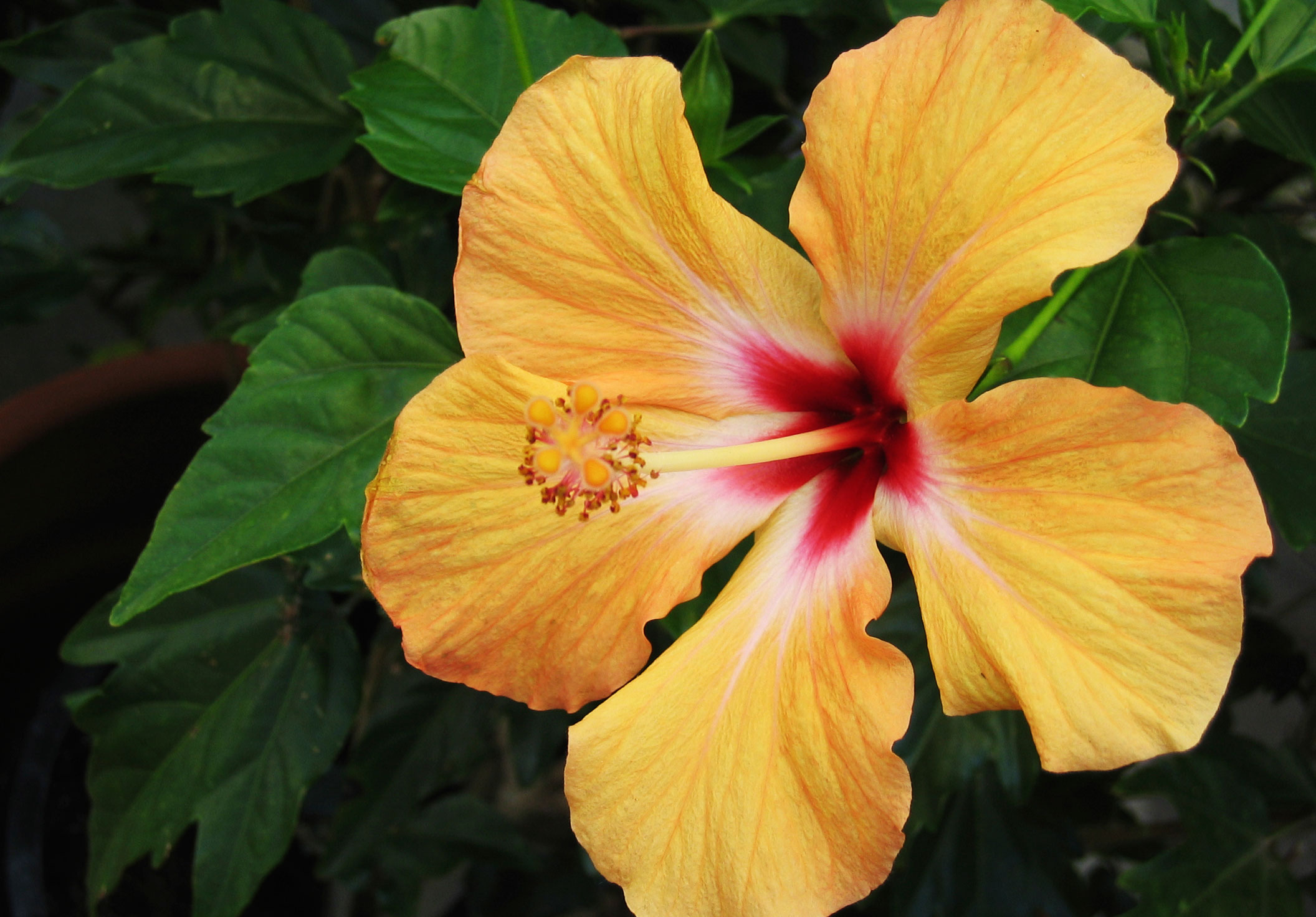 Source: cliparts.co
Source: cliparts.co
Water it with about 1 inch of water so it seeps deep into the plant’s root zone. A good soaking every week will ensure good growth and flowering and a thick layer of mulch will help the soil retain moisture. Cut branches back to just above a side shoot. However, these may also suffer from any disease without proper care. Hibiscus for hair is a miracle as it can help grow new hair in bald patches, treat dandruff troubles, help repair damaged hair follicles and a lot more.
 Source: plantcaretoday.com
Source: plantcaretoday.com
Pinching off hibiscus blooms deadheading, the process of removing fading flowers, can improve the appearance of the plant and prevent reseeding. Take your hibiscus plants out of the container they came in and plant them in the soil carefully. Hibiscus for hair is a miracle as it can help grow new hair in bald patches, treat dandruff troubles, help repair damaged hair follicles and a lot more. Let’s take a look at the benefits of hibiscus for hair! The first thing to remember about winter hibiscus care is that hibiscus in winter requires less water than in summer.
 Source: maximumyield.com
Source: maximumyield.com
Because liquid fertilizer is dispersed through the soil evenly. For hardy hibiscus, a watering schedule might look like this: Outdoor hibiscus don’t need regular or routine pruning. Depending on the conditions, you might need to water your hibiscus daily to help it produce an abundance of blooms. Hibiscus for hair is a miracle as it can help grow new hair in bald patches, treat dandruff troubles, help repair damaged hair follicles and a lot more.
Source: devenne.blogspot.com
In ideal conditions and without improper care, hibiscus will produce attractive maroon or plain, bright, spotted “phonograph” flowers from february and march through october. Hibiscus plants are heavy feeders, so fertilize the plant regularly to encourage blooming. Water daily in warm climates. Weeds can quickly emerge, smothering small or young hibiscus plants. Hibiscus, being easy to plant and look after, is one of the most planted flowering plants species.it has different varieties that grow well in different regions.
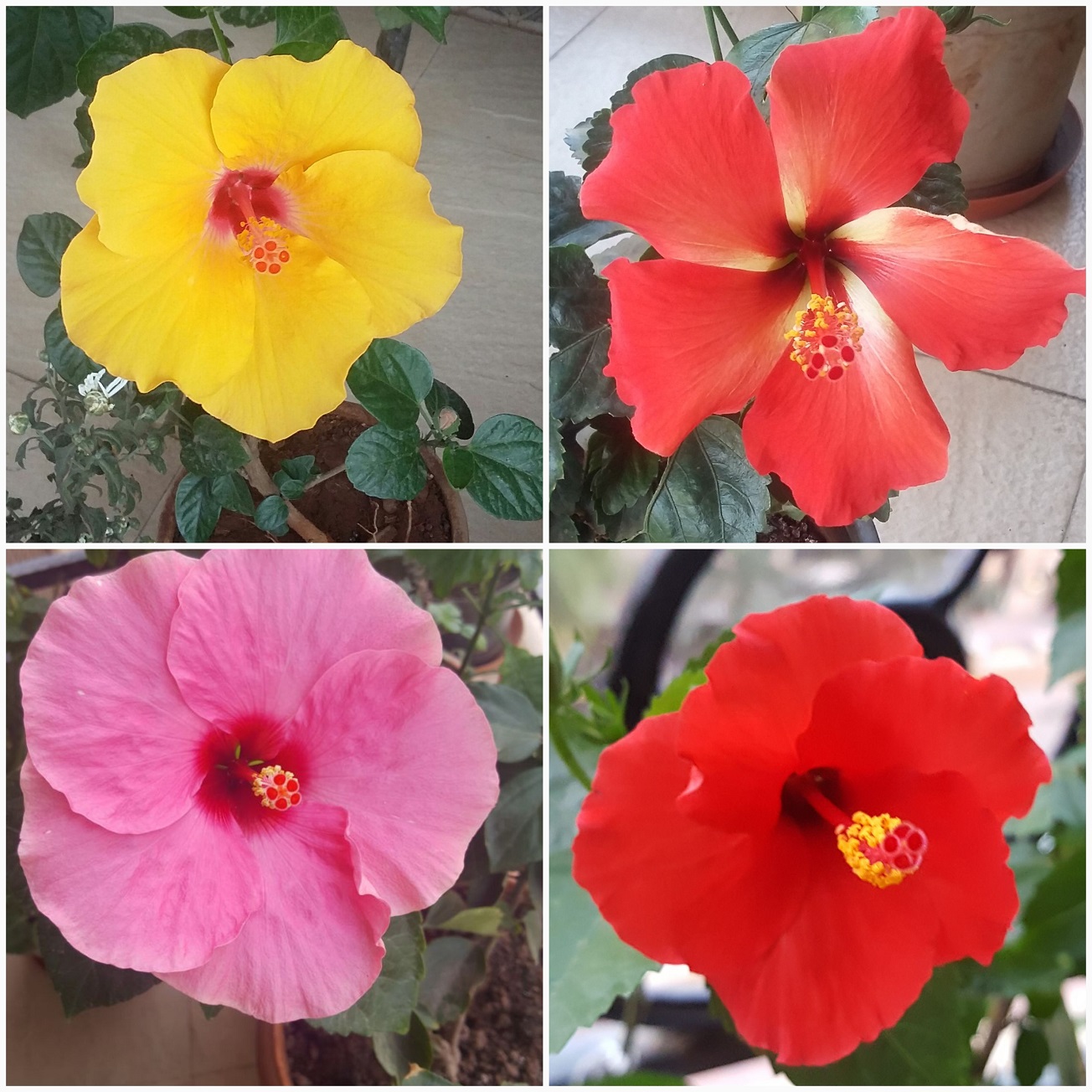 Source: vanitascorner.com
Source: vanitascorner.com
Hibiscus can thrive in alkaline soil, but it grows best in soil that’s slightly acidic. Grow indoor hibiscus in a bright spot away from direct, strong sunlight. Water the hibiscus regularly during warm weather when the plant is in bloom. How to care for hibiscus to care for hibiscus, grow the shrubby plants in full sun or partial shade. Along with other requirements, watering is one of the essentials for the healthy growth of any plant.
 Source: thespruce.com
Source: thespruce.com
Tropical hibiscus is a thirsty plant and will thrive and produce blossoms only if it is given enough water. Temperature and humidity rose of sharon and hardy hibiscus can grow in cool, temperate climates. You can check the soil’s moisture by touching it. A good soaking every week will ensure good growth and flowering and a thick layer of mulch will help the soil retain moisture. Water plants deeply and thoroughly.
 Source: almanac.com
Source: almanac.com
Remember, also, to regularly weed around the hibiscus plants. In the winter, water your hibiscus only when the soil is dry to the touch. Tropical hibiscus is a thirsty plant and will thrive and produce blossoms only if it is given enough water. How to care for hibiscus outside in spring, give them a good feed with preferably a high potash granular feed, such as a rose food. For hardy hibiscus, a watering schedule might look like this:
 Source: plantcaretoday.com
Source: plantcaretoday.com
Depending on the heat, wind, and humidity in your environment, your plant may need to be watered daily, or even twice a day in extremely dry conditions. Depending on the heat, wind, and humidity in your environment, your plant may need to be watered daily, or even twice a day in extremely dry conditions. But once the weather cools, your hibiscus needs far less water, and too much water can kill it. Most hibiscus species require at least 1 inch of rain (or equivalent watering) each week. Typically, tropical hibiscus plants thrive best with 1 to 2 inches of water per week.
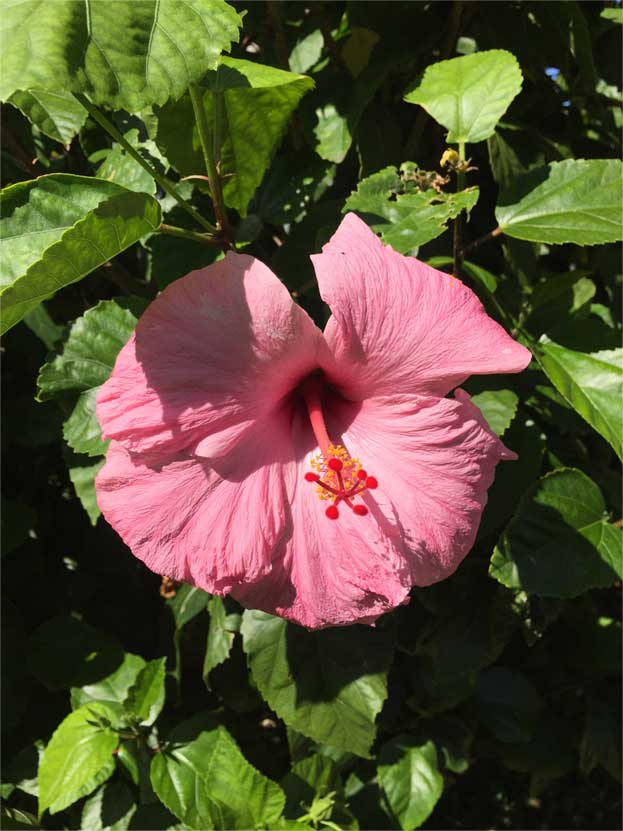 Source: gardenloversclub.com
Source: gardenloversclub.com
Water it with about 1 inch of water so it seeps deep into the plant’s root zone. In early spring, remove dead stems from established plants and apply a balanced fertilizer. You may also be delaying next year�s flowers. Simple care of hibiscus by proper, placement, watering, fertilization, insect, and disease control, makes them easy to maintain. Try to avoid using phosphorous because this mineral can be very dangerous for the plants.
 Source: gardeningsoul.com
Source: gardeningsoul.com
In the winter, water your hibiscus only when the soil is dry to the touch. Water hibiscus one to two times a week the first year after planting. They also take valuable nutrients and moisture away from. But once the weather cools, your hibiscus needs far less water, and too much water can kill it. In ideal conditions and without improper care, hibiscus will produce attractive maroon or plain, bright, spotted “phonograph” flowers from february and march through october.
 Source: theplantguide.net
Source: theplantguide.net
After each watering, allow the soil to drain completely in order to prevent root rot. If you water more than this, you can damage the roots. Along with other requirements, watering is one of the essentials for the healthy growth of any plant. How to care for hibiscus outside in spring, give them a good feed with preferably a high potash granular feed, such as a rose food. Hibiscus for hair is a miracle as it can help grow new hair in bald patches, treat dandruff troubles, help repair damaged hair follicles and a lot more.
This site is an open community for users to do submittion their favorite wallpapers on the internet, all images or pictures in this website are for personal wallpaper use only, it is stricly prohibited to use this wallpaper for commercial purposes, if you are the author and find this image is shared without your permission, please kindly raise a DMCA report to Us.
If you find this site serviceableness, please support us by sharing this posts to your favorite social media accounts like Facebook, Instagram and so on or you can also save this blog page with the title how to care for hibiscus by using Ctrl + D for devices a laptop with a Windows operating system or Command + D for laptops with an Apple operating system. If you use a smartphone, you can also use the drawer menu of the browser you are using. Whether it’s a Windows, Mac, iOS or Android operating system, you will still be able to bookmark this website.






